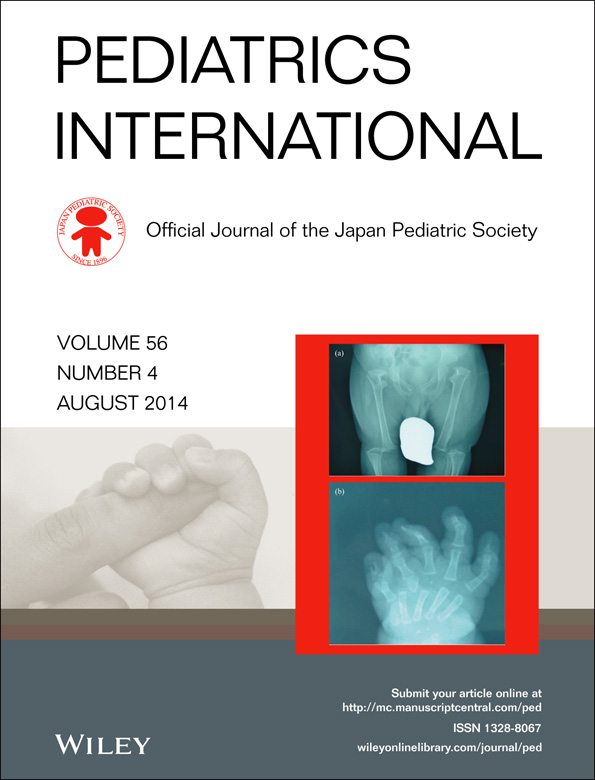Effect of meropenem with or without immunoglobulin as second-line therapy for pediatric febrile neutropenia
Abstract
Background
Meropenem (MEPM) is widely used for treatment of febrile neutropenia. There have been many reports on MEPM for pediatric febrile neutropenia showing success rates of approximately 50–75%. Although i.v. immunoglobulin (IVIG) is widely used for treatment of infection with antibiotics, there has been no report on the efficacy of IVIG for pediatric febrile neutropenia. This prospective randomized study was therefore carried out to clarify the usefulness of MEPM with or without IVIG as second line-therapy for pediatric febrile neutropenia.
Methods
A total of 61 pediatric patients with 146 episodes were judged to have failure of first-line therapy (August 2008–April 2010: cefozopran vs cefepime; April 2010–April 2012: cefepime vs piperacillin/tazobactam) for febrile neutropenia, and were randomized to MEPM and MEPM + IVIG groups.
Results
MEPM with or without IVIG as second-line therapy was effective in 68.1% of a total of 144 episodes. Success rates in the MEPM and MEPM + IVIG groups were 66.3% and 70.5%, respectively. Furthermore, success rates for patients with IgG <500 mg/dL were 62.5% in the MEPM group and 81.3% in the MEPM + IVIG group. This result, however, was not statistically significant, possibly because of the small sample size.
Conclusions
MEPM is effective and safe for second-line treatment of febrile episodes in neutropenic pediatric patients. Moreover, IVIG is effective for patients with low serum IgG.




